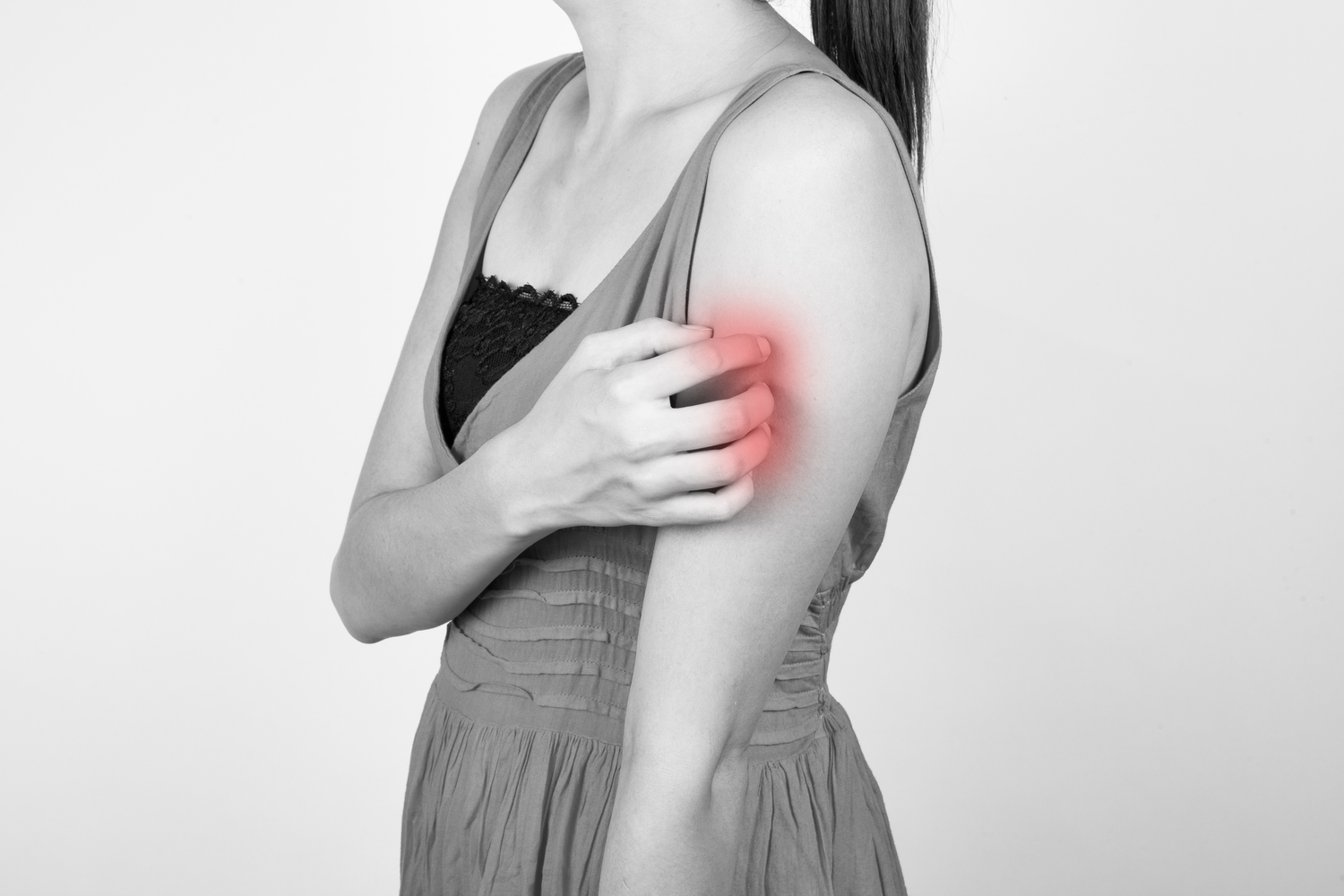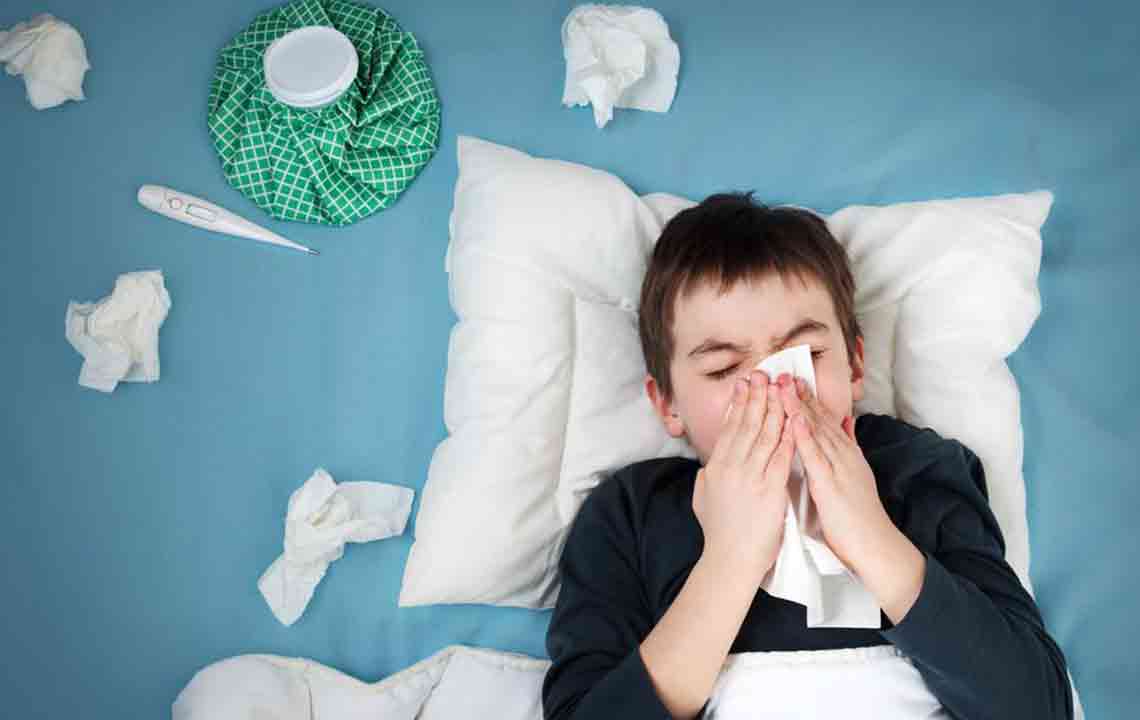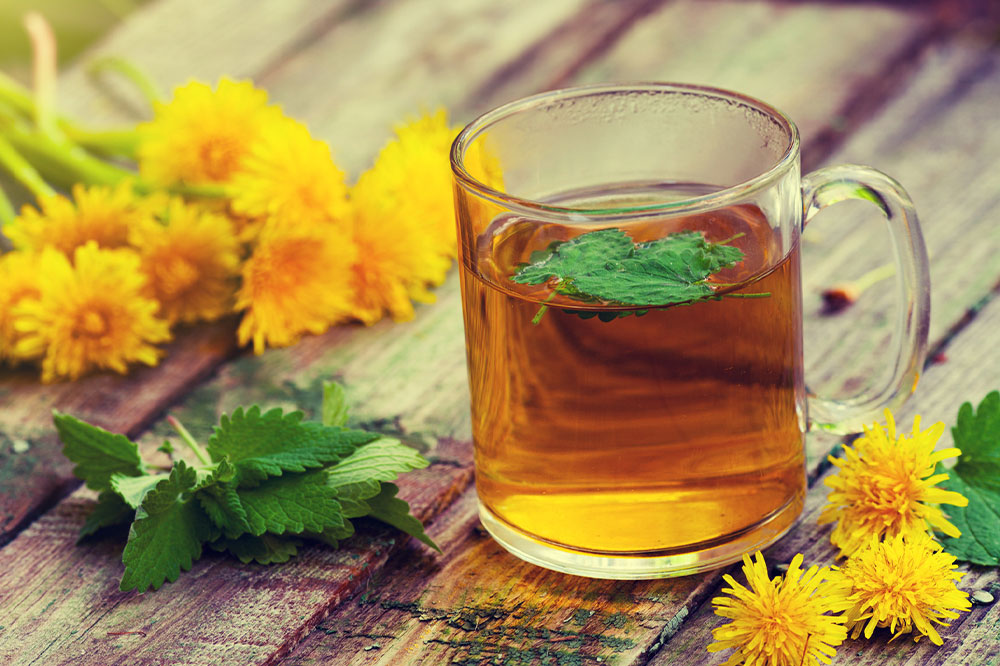Comprehensive Strategies for Effectively Managing Skin Rash Symptoms
Discover comprehensive methods for managing skin rash symptoms effectively. Learn natural remedies like olive oil, baking soda, and cold compresses, along with prevention tips for children. Understand when medical attention is necessary to ensure proper skin health and quick recovery.

Comprehensive Strategies for Effectively Managing Skin Rash Symptoms
Skin rashes are common dermatological issues that can manifest in various forms and degrees of severity. They can appear as small localized patches or cover extensive areas of the skin, affecting individuals of all ages. The characteristics of skin rashes are diverse, ranging from dryness, moisture, roughness, smoothness, cracking, to redness and inflammation. These symptoms often lead to discomfort, persistent itching, and sometimes disfigurement, impacting the quality of life. While many skin rashes are benign and tend to heal spontaneously or with simple home remedies, some may be symptoms of deeper underlying health conditions requiring professional medical diagnosis and treatment. Understanding effective management techniques can help alleviate symptoms, prevent aggravation, and promote skin recovery.
The Role of Olive Oil in Skin Rash Care
Olive oil, especially extra-virgin varieties, is renowned for its high content of vitamin E, antioxidants, and healthy fatty acids, which play a vital role in skin repair and regeneration.
Applying olive oil to affected areas can soothe irritated skin, reduce inflammation, and promote faster healing of rashes.
To utilize olive oil effectively, apply a generous amount of extra-virgin olive oil directly on the rash multiple times daily. It can be used alone or combined with natural ingredients like honey for added soothing effects.
Incorporating turmeric powder into olive oil enhances its antibacterial and anti-inflammatory properties, providing extra relief from persistent rashes and preventing infection.
Additional natural oils such as castor oil and coconut oil are also beneficial, supporting the healing process due to their moisturizing and antimicrobial properties.
Vitamin E capsules opened and mixed with cod liver oil can serve as topical agents to boost skin nourishment and facilitate recovery.
Strategies to Prevent Scratching and Further Skin Damage in Children
Children experiencing itchy or painful rashes often scratch, which can worsen the skin condition and cause infections or scarring.
Applying a cool, damp cloth to the affected area can provide immediate relief from itching and reduce inflammation.
Cutting and filing your child's fingernails eliminates the sharp edges that may scratch their skin unintentionally, decreasing the risk of secondary infections.
At night, soft gloves or mittens can be used to prevent children from scratching during sleep, protecting the delicate skin further.
Calamine lotion is an effective topical treatment that helps soothe itching, calm irritated skin, and promote healing by forming a protective layer over the rash.
The Benefits of Baking Soda in Managing Skin Rashes
Baking soda is a versatile ingredient with well-documented anti-inflammatory and skin-soothing properties, making it a popular home remedy for rashes.
For relief, add a small amount of baking soda to a cool bath and soak for approximately 30 minutes. This helps reduce itchiness, calms inflamed skin, and dries out rashes.
Applying a baking soda paste—made by mixing baking soda with a little water—directly on the rash can effectively dry out the area and alleviate discomfort.
For additional benefits, incorporate coconut oil into the baking soda paste, which adds moisture and antimicrobial effects.
It is important to avoid prolonged or aggressive application to prevent further irritation or skin dryness.
Effective Remedies for Allergic Skin Rashes
Allergic skin reactions are often characterized by prominent redness, swelling, intense itching, and a feeling of warmth or burning sensation on the skin surface.
Applying a cold compress is one of the most immediate and effective home treatments for allergic rashes. It helps reduce swelling, alleviates itching, and prevents blister formation, especially in cases of insect bites or contact with irritants like poison ivy or certain chemicals.
Use ice cubes wrapped in a soft cloth or cold packs to apply gentle cold pressure on the affected area for short durations—typically 10-15 minutes—repeating as needed to control inflammation.
Alternatively, placing a damp, cold cloth on the skin can provide soothing relief and help minimize discomfort.
Consulting healthcare professionals is recommended for persistent or severe allergic reactions, especially when accompanied by swelling of the face, difficulty breathing, or generalized symptoms.
Managing skin rashes effectively involves understanding the nature of the rash, applying suitable home remedies, and knowing when to seek medical attention. Natural oils like olive, coconut, and castor oil serve as primary topical agents to promote healing and soothe irritation. Preventative measures such as trimming nails, using cool compresses, and smart skincare routines help minimize damage, especially for children. Baking soda remains a powerful, accessible remedy for drying out rashes and reducing itching. Recognizing allergic reactions early and applying cold therapy can prevent escalation and provide relief. This comprehensive guide ensures individuals can handle skin rashes effectively while knowing when to get professional medical help for persistent or severe cases.





